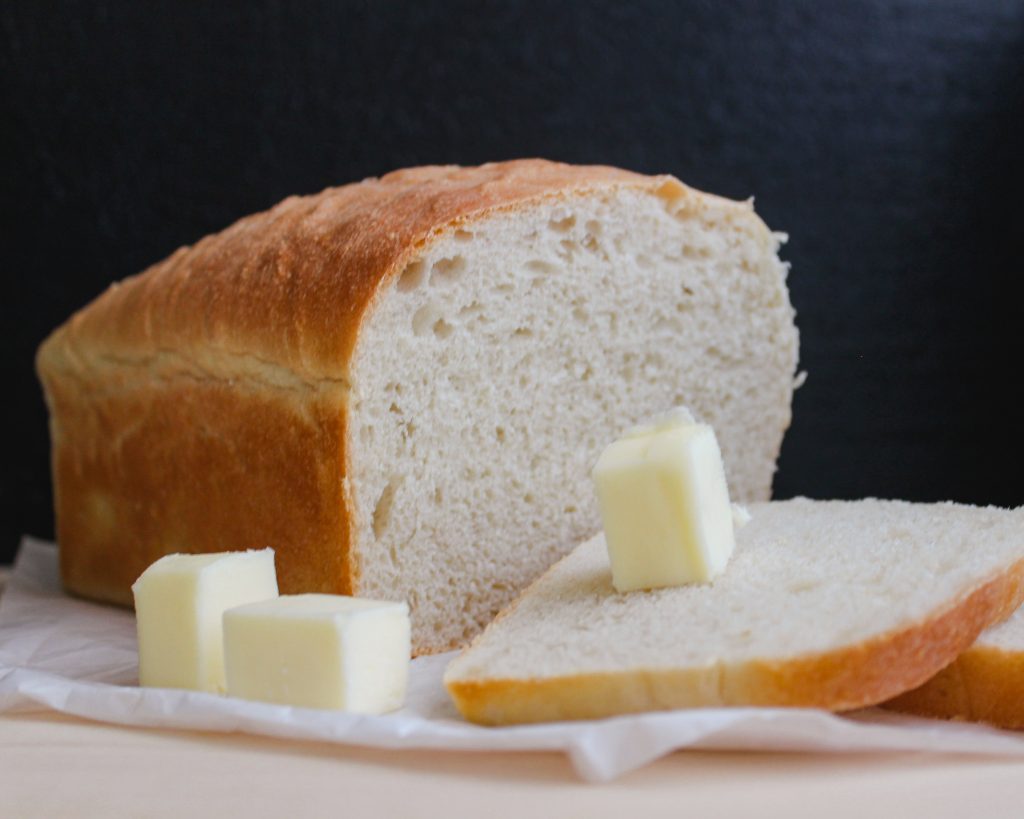The quantity of fat in bread is small, ranging from approximately 2-5 g per 100 g, while the saturated fat content is usually less than 1 gram. All breads made in New Zealand contain vegetable oil in small amounts to improve the texture and keeping quality of the bread. The most commonly used vegetable oil is canola, which is a monounsaturated oil or a ‘good oil’ as it lowers total fat and LDL cholesterol in the blood. Bread contains no cholesterol as no animal fats are added during its manufacture.
If you notice on the nutritional label of bread that the fat level seems higher, check the ingredients of the bread. Some breads have a large amount of seeds added. Seeds contain high levels of monounsaturated fats and some also contain omega 3, both of which have positive benefits for health. So the total fat will be higher due to the increase in monounsaturated and omega 3 fats, but if you check the saturated fat level you will see that this is still low and similar to the levels in other breads.

Be aware of what you are spreading on your bread as this can dramatically increase the amount of fat and energy of the meal/snack. All yellow spreads (butter, margarine) are high in fat, with some margarine containing 12-16 g fat/tablespoon. It is not the bread that is fattening but the spread. Trial using jam and honey on bread without butter/margarine or alternatives like light cream cheese (3 g fat/tablespoon) or avocado (4 g fat/tablespoon) for sandwiches.
